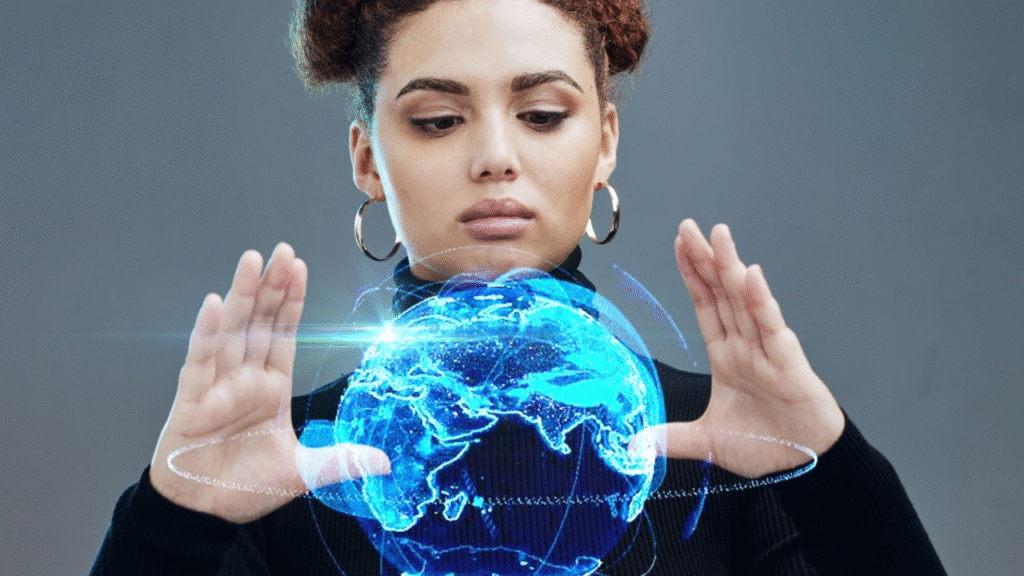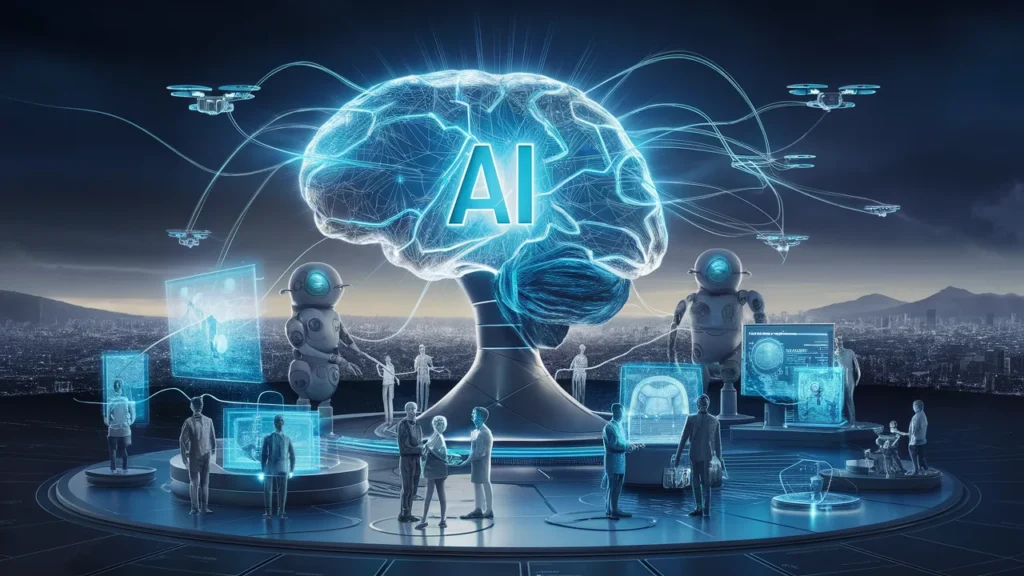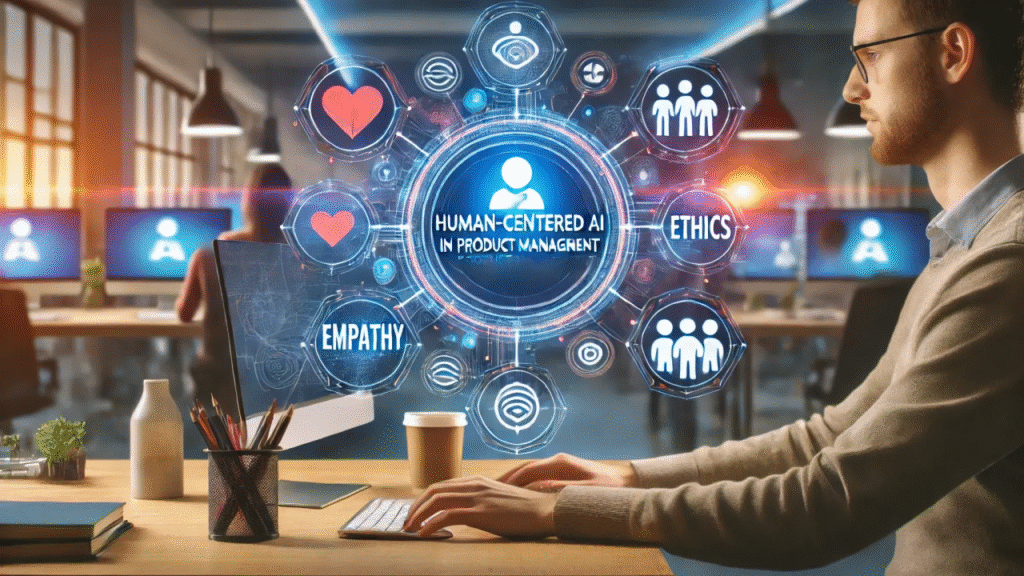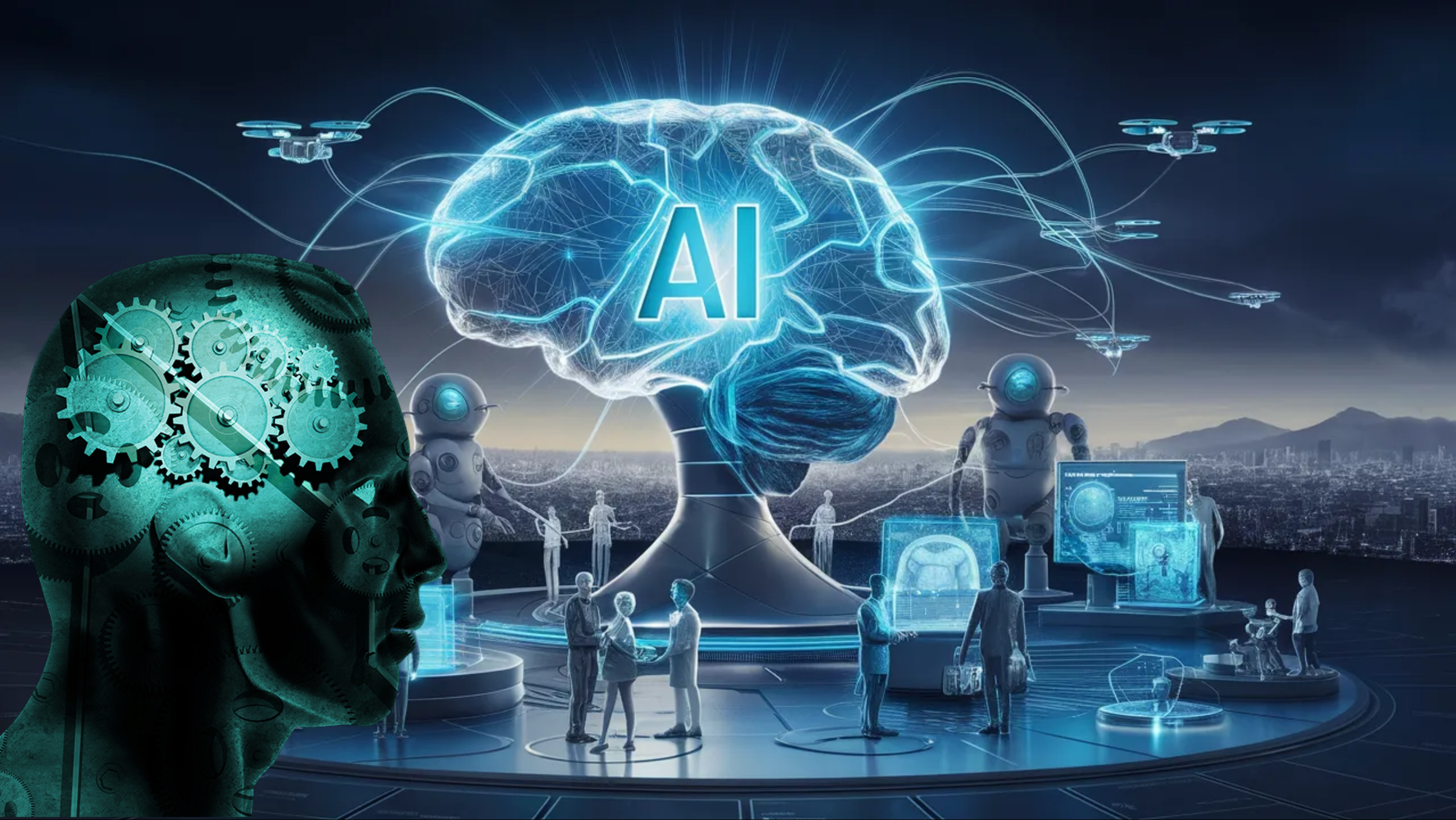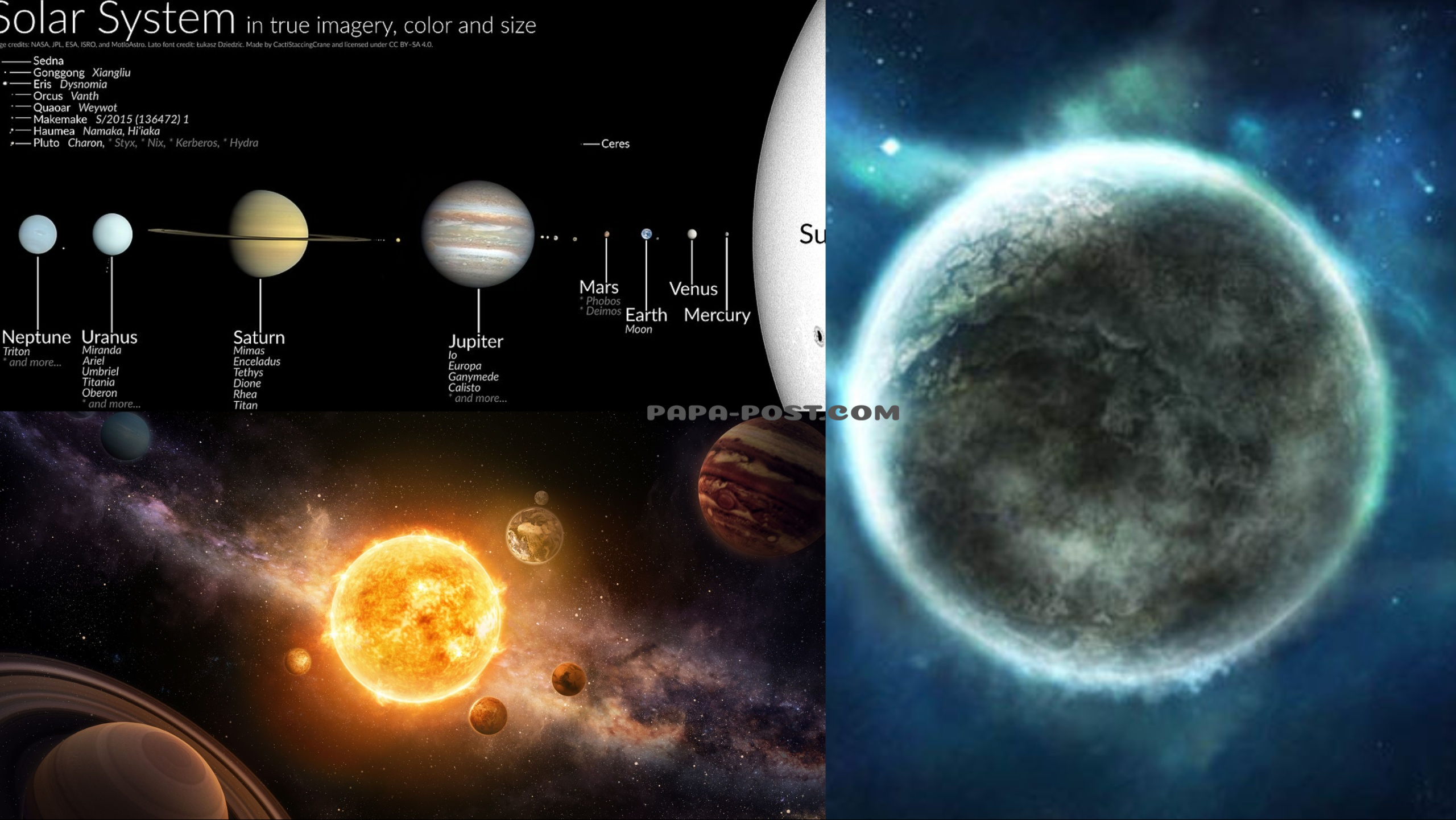Introduction
Humanity and technology have always been closely intertwined. From the moment our ancestors first used stones as tools, technology has been a defining aspect of what it means to be human. Yet, as our tools become more powerful—computers, smartphones, artificial intelligence, and beyond—the relationship between humanity and technology becomes increasingly complex. Is technology making us more human, or is it distancing us from our humanity? How do we ensure that innovation serves compassion, ethics, and justice?
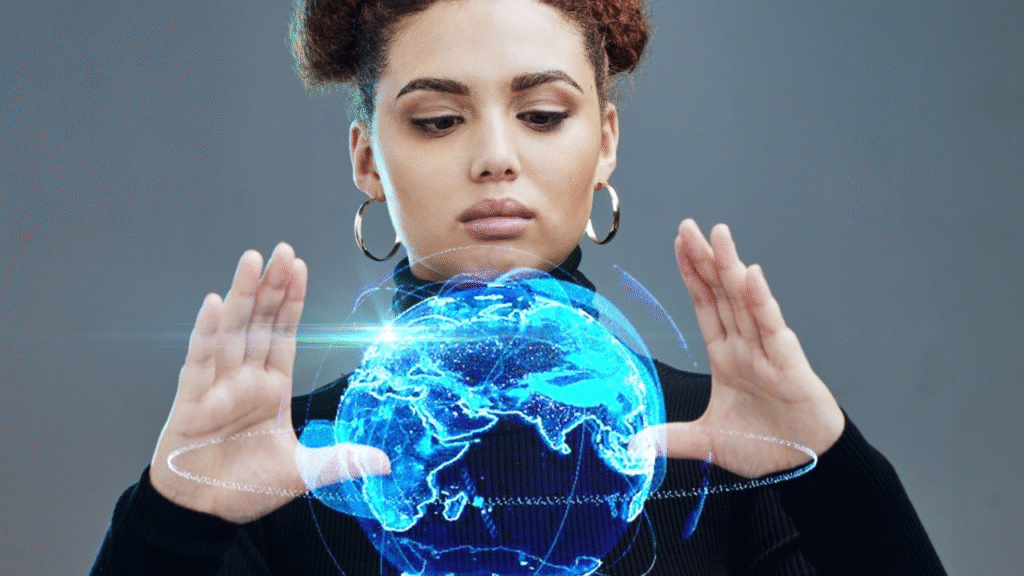
This essay explores the humanity of technology by examining how technology reflects human values, shapes societies, influences our emotional lives, and challenges our moral frameworks. It argues that while technology can dehumanize when misused or unchecked, it also has tremendous potential to elevate the human experience—if guided by empathy, ethics, and a shared sense of purpose.
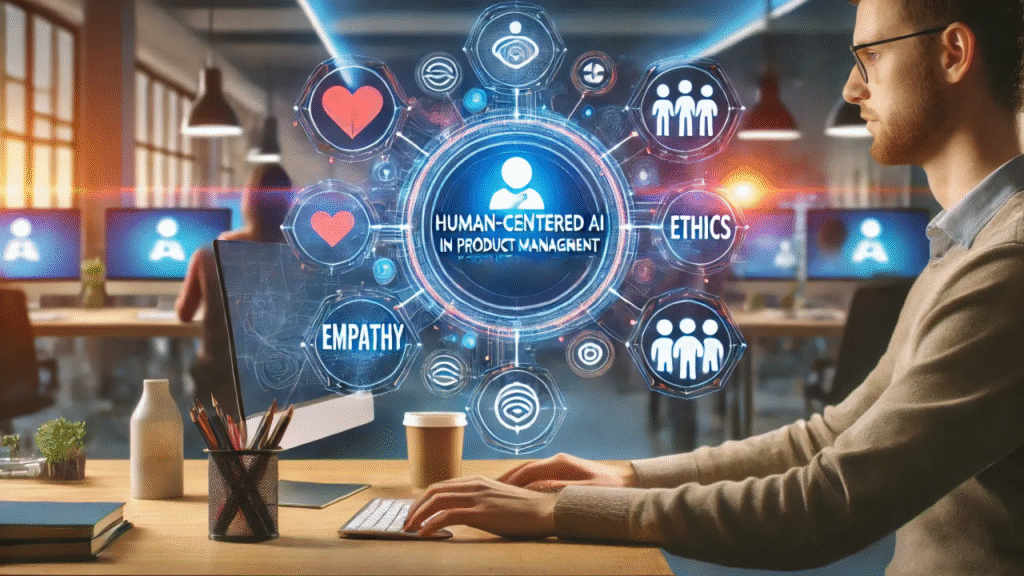
Part 1: Technology as a Reflection of Human Values
At its core, technology is a human creation—a mirror of our aspirations, fears, needs, and imaginations. Every piece of technology is born from a human decision to solve a problem or enhance a capability.
1.1 Tools of Empathy and Connection
Think of the telephone, email, and social media. These tools were created to bridge distance, allowing us to share our thoughts and feelings with loved ones far away. While social media has often been criticized for encouraging superficial relationships, it has also connected people across continents, mobilized aid during disasters, and raised awareness of social injustices.
1.2 Tools of Survival and Growth
Technology has dramatically increased life expectancy and quality of life. Medical advances such as vaccines, imaging devices, and prosthetics show technology’s power to reduce suffering. Agricultural tech has helped feed billions. Education technologies are enabling learning in remote or underserved areas.
1.3 The Duality of Creation
However, every innovation carries within it a dual potential: to heal or to harm. Nuclear power can light cities or destroy them. AI can help diagnose cancer—or be used in surveillance and warfare. This duality is not a flaw of technology itself, but a reflection of human intent.
Part 2: The Dehumanizing Potential of Technology
While technology reflects human values, it also has the potential to erode aspects of what we consider humane—compassion, authenticity, and freedom.
2.1 Automation and Alienation
As machines take over tasks that once required human effort, many fear the loss of meaningful work. A factory worker replaced by a robot may struggle not only financially but emotionally, feeling displaced and purposeless. Digital systems that prioritize efficiency over empathy can make people feel like numbers in a database rather than individuals.
2.2 Surveillance and Control
The same technologies that allow for safety and convenience—facial recognition, GPS, data tracking—can be turned into tools of control. In some parts of the world, governments use these tools to monitor dissent, suppress free speech, and manipulate public opinion. Here, technology threatens to strip away privacy and autonomy, core elements of human dignity.
2.3 Digital Echo Chambers
Algorithms designed to keep us engaged often feed us content that reinforces our biases. This can lead to polarization, misinformation, and a fragmented social reality. Instead of bringing people together, digital platforms can isolate us in curated “bubbles” that distort empathy and hinder dialogue.
Part 3: Reclaiming the Human in Technology
To preserve the humanity of technology, we must actively embed ethical and compassionate values into every stage of technological development and implementation.
3.1 Human-Centered Design
Designing technology around human needs and experiences can create more inclusive, intuitive, and empathetic systems. This includes accessibility features for the disabled, intuitive interfaces for the elderly, and tools that support mental well-being.
3.2 Ethical AI and Algorithmic Fairness
AI should be built with fairness, accountability, and transparency in mind. That means addressing biases in data, ensuring explainability in decision-making, and providing mechanisms for appeal and oversight. The “human in the loop” principle—ensuring humans remain involved in critical decision processes—helps retain moral responsibility.
3.3 Digital Compassion and Emotional Intelligence
Chatbots, virtual assistants, and AI companions are increasingly interacting with humans on emotional levels. Training these systems to recognize and respect emotional cues can help preserve dignity and reduce harm. At the same time, we must not forget that real empathy cannot be fully replicated by machines.
Part 4: Technology and the Future of Human Relationships
Technology is reshaping how we relate to one another—not only interpersonally, but also as communities and societies.
4.1 Virtual and Augmented Reality
VR and AR offer immersive experiences that can foster empathy by allowing users to step into someone else’s shoes—literally. These tools are being used in therapy, education, and social justice to increase understanding across cultural, racial, and experiential divides.
4.2 Online Communities and Collective Action
While the internet can isolate, it also enables unprecedented global cooperation. Activism, crowdfunding, and open-source projects show the power of collective humanity amplified by digital tools. People are using platforms to challenge injustice, share stories, and create art together across the globe.
4.3 Reimagining Intimacy and Identity
From dating apps to gender filters to virtual personas, technology allows people to explore and express their identities in new ways. This can be liberating but also confusing or destabilizing. The challenge is to use these tools to empower self-discovery without losing touch with embodied, real-world relationships.
Part 5: The Philosophy of Human-Tech Symbiosis
As we move into an era of increasingly intimate human-machine collaboration—brain-computer interfaces, neural implants, AI co-pilots—the lines between the organic and synthetic are blurring.
5.1 What Makes Us Human?
If a person with a bionic limb runs faster than an able-bodied runner, are they more or less human? If an AI composes a symphony that moves listeners to tears, is that a human achievement? These questions challenge us to reconsider not only the nature of technology but also the nature of consciousness, creativity, and identity.
5.2 Transhumanism and Ethical Frontiers
Transhumanists advocate for using technology to enhance human abilities and extend life. Critics worry about inequality—will only the wealthy have access to enhancement? Will humanity split into the “upgraded” and the “obsolete”? Ethical frameworks must keep pace with technological breakthroughs.
5.3 Toward Symbiosis
Instead of fearing a future where machines replace humans, we might aim for one where humans and machines evolve together in symbiosis. The goal is not dominance but partnership—leveraging each other’s strengths while remaining guided by core human values.
Part 6: A Human Future for a Technological World
Technology is not destiny. Its trajectory depends on choices we make—individually, collectively, politically, and morally.
6.1 Education for Humane Tech
We must educate not only engineers and developers, but also the public, in ethical technology. This means teaching children not just to code, but to question: Who benefits from this technology? Who might be harmed? What values does it promote? Ethical literacy should be as fundamental as digital literacy.
6.2 Inclusive Innovation
A truly humane technology must be inclusive. This means involving diverse voices in design and decision-making—women, people of color, disabled people, those from marginalized communities. Only with a plurality of perspectives can we create technologies that serve all of humanity.
6.3 Resilience and Responsibility
As climate change, pandemics, and political instability threaten human well-being, technology must support resilience—not just in infrastructure but in spirit. This includes tools for sustainable agriculture, health monitoring, community building, and mental health support. But resilience also demands accountability. Tech companies, governments, and individuals must take responsibility for the impacts of their creations and behaviors.
Conclusion
Technology is neither good nor evil—it is a tool shaped by human hands and hearts. It holds a mirror to our values and amplifies both our virtues and our vices. To preserve the humanity of technology, we must stay anchored in empathy, justice, and humility. We must remember that behind every algorithm is a choice, behind every machine a maker, and behind every screen a soul.
The future will not be written by machines. It will be written by people—people who choose to make technology serve humanity, not the other way around. If we meet this challenge with wisdom, courage, and compassion, the technologies of tomorrow may not diminish our humanity but deepen it. The machines may be smart, but it is our humanity that must be wise.
